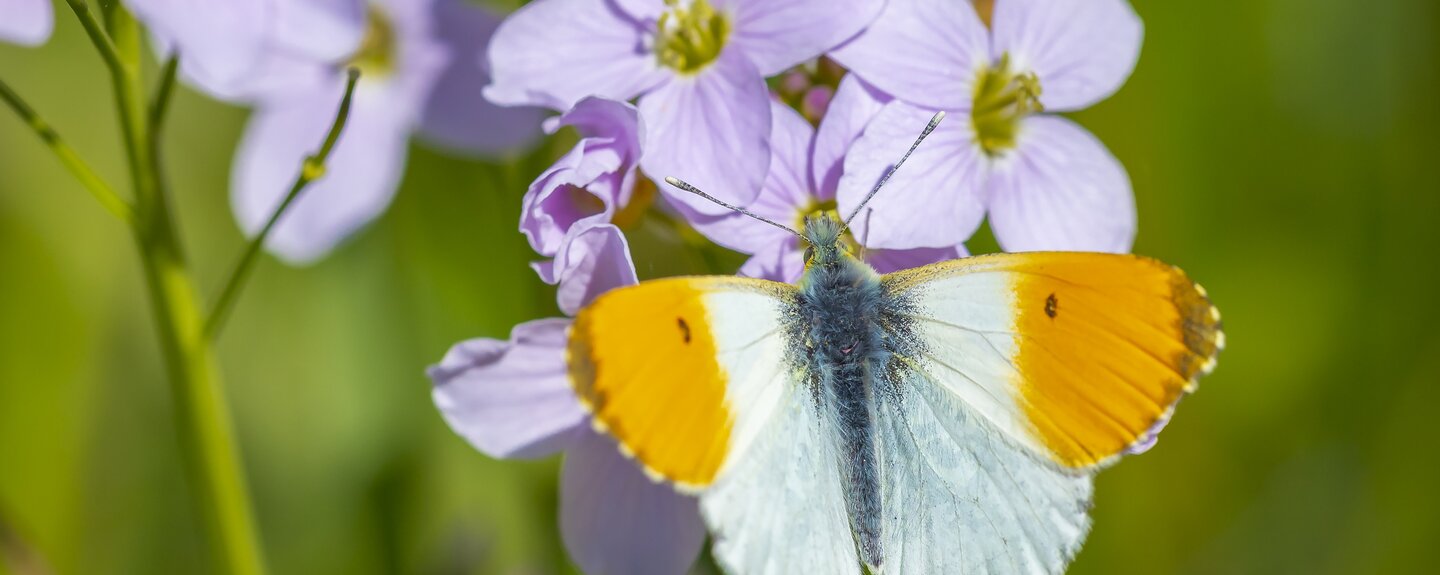Nationalism for nature
Spring is coming so we head out to experience nature. We marvel at the budding greenery and blossoms in the trees. We increasingly enjoy exuberant flowers, exotic colours and cultivated plants. Our environment is malleable, but haven't we forgotten the beauty of the primal Dutch landscape?
Wafting ornamental grasses, a rhododendron or an ornamental cherry from Japan seem to be completely established in the Dutch landscape. What we don't see is that there is almost no life around them. The leaves of these imported (ornamental) plants are often inedible to our butterflies, their caterpillars and other insects. Without food, they disappear, and so do the birds and mammals that depend on this system. The reality is that many of our traditional trees and shrubs have given way to exotic ornamental plants that have hardly any ecological value.
You may wonder if we are not actually ahead of our time with exotic plants that thrive in higher temperatures. To some extent, our cultural landscape is indeed changing as a result of climate change. But we don't need American oaks or palm trees for that. Many of our native species are also found in warmer areas. If we focus on a robust ecosystem, our Dutch nature will remain resilient even with climate change. We don't need exotics for that.
We have forgotten the wealth of colours of our Dutch plants. In fact, some of them are no longer even available at the garden centre around the corner. Restoring biodiversity requires precisely these typically Dutch shrubs, trees and colourful flowers that were there two hundred years ago. Restoring our landscape calls for a nationalist conservative mindset. The thought may sound somewhat uncomfortable, but we need to return to the building blocks of the Dutch ecosystem as the basis for nature restoration.
So it is high time to look at our nature with a bit more nationalism and pride and put Dutch species first. This spring, marvel at our Dutch beech, cuckoo flower or Gelderland rose. Plant native species in your garden and enjoy primal Dutch flowers as well as the caterpillars, butterflies and bees they attract. Have fun!
This column previously appeared in Food & Agribusiness (NL newspaper)











